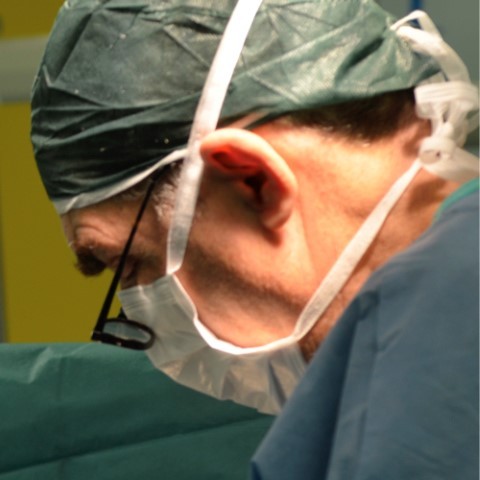Abstract
Infections continue to be a major cause of morbidity and mortality in patients on renal replacement therapy with peritoneal dialysis (PD). Despite great efforts in the prevention and treatment of infective complications over the two past decades, catheter-related infections represent the most relevant cause of technical failure. Recent studies support the idea that exit-site/tunnel infections (ESI/TI) have a direct role in causing peritonitis. Since the episodes of peritonitis secondary to TI lead to catheter loss in up to 86% of cases, it is advised to remove the catheter when the ESI/TI does not respond to medical therapy. This approach necessarily entails the interruption of PD and, after the placement of a central venous catheter, the shift to haemodialysis (HD). In order to avoid the change of dialytic method, the simultaneous removal and replacement (SCR) of the PD catheter has also been proposed. Although SCR avoids temporary HD, it requires the removal/reinsertion of the catheter and the immediate initiation of PD, with the risk of mechanical complications such as leakage and malfunction. Several mini-invasive surgical techniques have been employed as rescue procedures: curettage, cuff-shaving, the partial reimplantation of the catheter and the removal of the superficial cuff with the creation of a new exit-site. These procedures allow to save the catheter and have a success rate of 70-100%. Therefore, in case of ESI/TI refractory to antibiotic therapy, a mini-invasive surgical revision must always be considered before removing the catheter.
Keywords: peritoneal dialysis, exit-site infection, tunnel infection, peritonitis, cuff-shaving, ultrasounds.




